Best
VIOLIN BOOK FOR INTERMEDIATE STUDENTS
-
Overall: 4 intuitive and straightforward sections
-
Best Feature: Video demonstrations available to provide clear visual instruction on challenging concepts
-
TedScore™: 9/10
Best
VIOLIN BOOK FOR BEGINNERS STUDENTS
-
Overall: Uses the philosophies of Shinichi Suzuki
-
Best Feature: Employs the “mother-tongue” approach
-
TedScore™: 9/10
Best
BEST VIOLIN BOOK
FOR ADVANCED STUDENTS
-
Overall: Detailed scale routines for quality practice and learning
-
Best Feature: Advanced shifting exercises for advanced positions
-
TedScore™: 9/10
Learning the violin can be an exciting journey full of challenges and triumphs.
As a musician, I’ve seen firsthand how different teaching methods can shape a student’s experience.
Each method comes with its unique techniques and approach to form, and as a teacher, it’s like having a palette of colors to paint the distinct musical landscapes of each student’s mind.
So, you might wonder what different violin teaching methods will work for you.
Choosing the right teaching methods can be tricky. Everyone is unique, and each student may have a learning style that is efficient only for them.
Based on my experience as a musician and a teacher, the Suzuki method is the best teaching method I have used when teaching beginner students. Its holistic approach to learning makes it a fun learning style that makes my students crave more.
But follow along! We will discuss the violin teaching methods that are effective and fun at the same time!

If you want to learn violin, a blend of methods could be your key to mastering it and adapting to your strengths and challenges.
It’s not just about learning notes and scales; it’s about cultivating passion and artistry through a teaching style that speaks to you.
Your violin adventure awaits, and the right method will guide you every step of the way.
Historical Development of Violin Teaching Methods
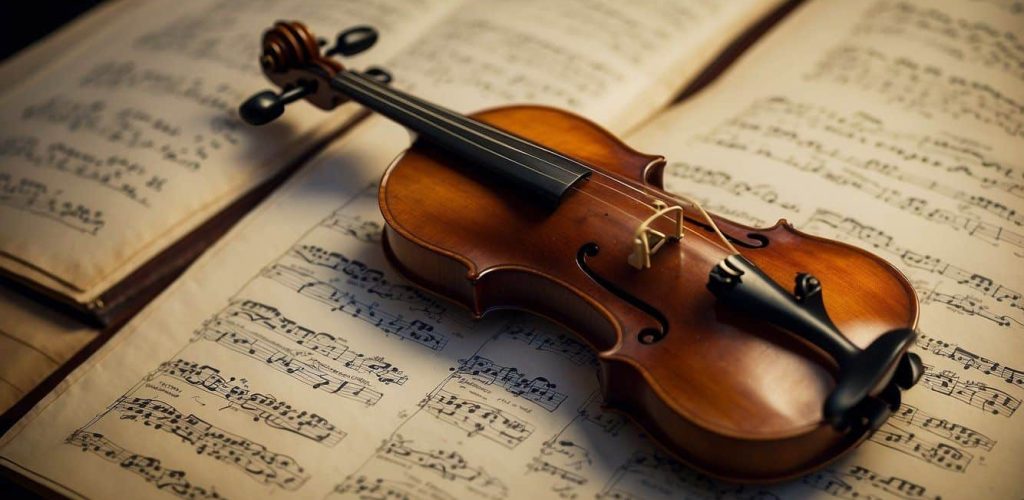
When you pick up a violin, you grasp centuries of musical pedagogy (Relax! It’s just a fancy word for teachings!).
One of the earliest and most influential methods, traditional violin lessons, emphasized note reading and scales. Over time, as music education evolved, so did the techniques used to teach violin.
Jump to the mid-20th century, and Shinichi Suzuki revolutionized violin teaching. With the Suzuki method, you’re not just playing notes but nurturing your musical sensitivity.
This violin method focuses on learning by ear, similar to how one learns a language, encouraging a deep connection between you and the music.
Not so long ago, in the 1970s, Mimi Zweig developed her own string pedagogy.
Zweig’s methods seamlessly integrate Suzuki’s principles with traditional Western teaching methods, ensuring a well-rounded approach to blossoming into an exceptional violinist.
Don’t worry! We will discuss each of these in detail later, so keep going!
Foundational Techniques and Methodology

Exploring violin teaching methods can be like finding the perfect recipe for a delightful meal. It’s all about the right mix of ingredients—in this case, new techniques and classical music methodologies.
Here are the different teaching methods beginner and intermediate players can try!
Traditional Methods
The traditional violin teaching approach is like the backbone of music education.
This approach gives you a sturdy grounding in note reading from sheet music.
Proper posture and bowing techniques are front and center, building a foundation for future finesse. Traditional teachers also focus on intonation and tone production.
With traditional methods, you’ll face a more structured routine of scales and studies designed to craft your technique into something sharp and expressive.
Mastery here is about dedication and the sweet details of musicality. You’ll surely be one of the incredible sight readers who can read music!
The Suzuki Method
The Suzuki Method is like a teaching style with philosophy involved.
Think of it as the “mother-tongue approach” to music education, where you, the learner, soak up music just as you did with your first language—through listening, repetition, and encouragement.
It puts a hefty emphasis on playing by ear before note reading.
This method sees talent as a product of the environment, much like how a green thumb helps a garden bloom.
Group classes are the norm, nurturing listening skills and performance abilities. You’ll regularly surround yourself with peers, making music learning a joyous communal event.
Mother Tongue Approach
The Mother Tongue Approach is at the heart of the Suzuki Method.
Just as children learn to speak by listening and mimicking their parents, students learn music in a similar natural and intuitive way.
Under the guidance of a Suzuki teacher, the mastery of each piece evolves through careful listening, allowing for a natural growth in skill, just like language development.
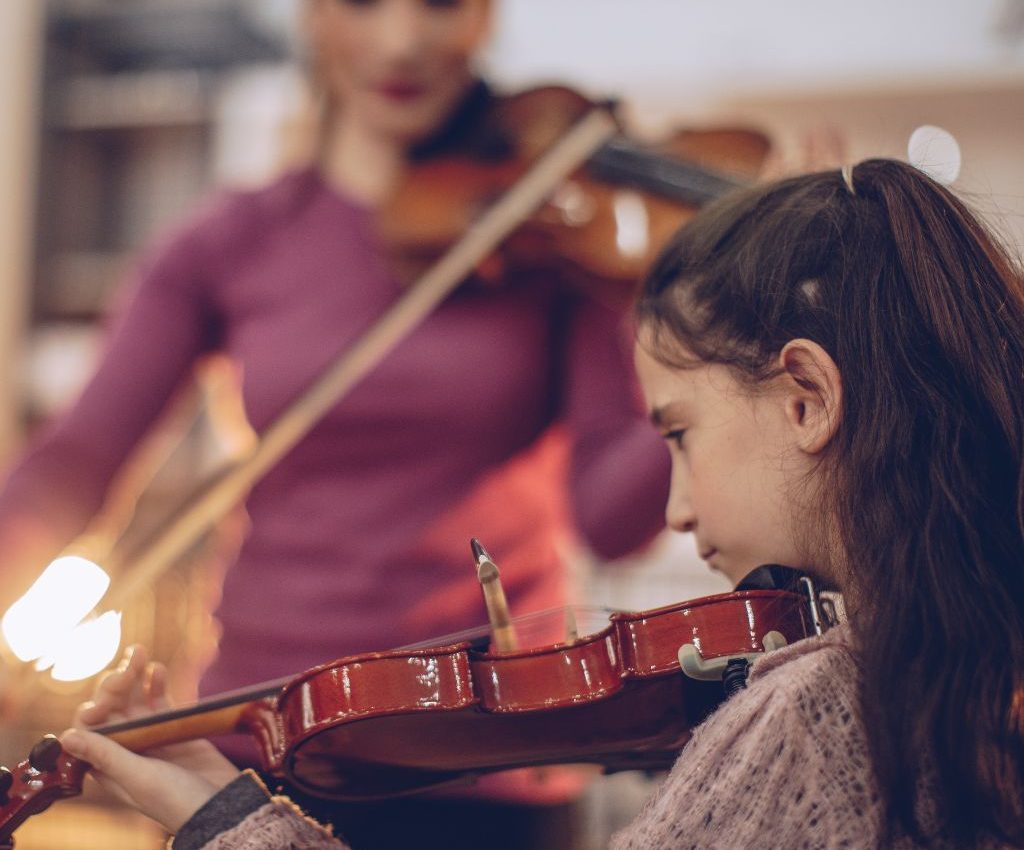
Listening and Repetition
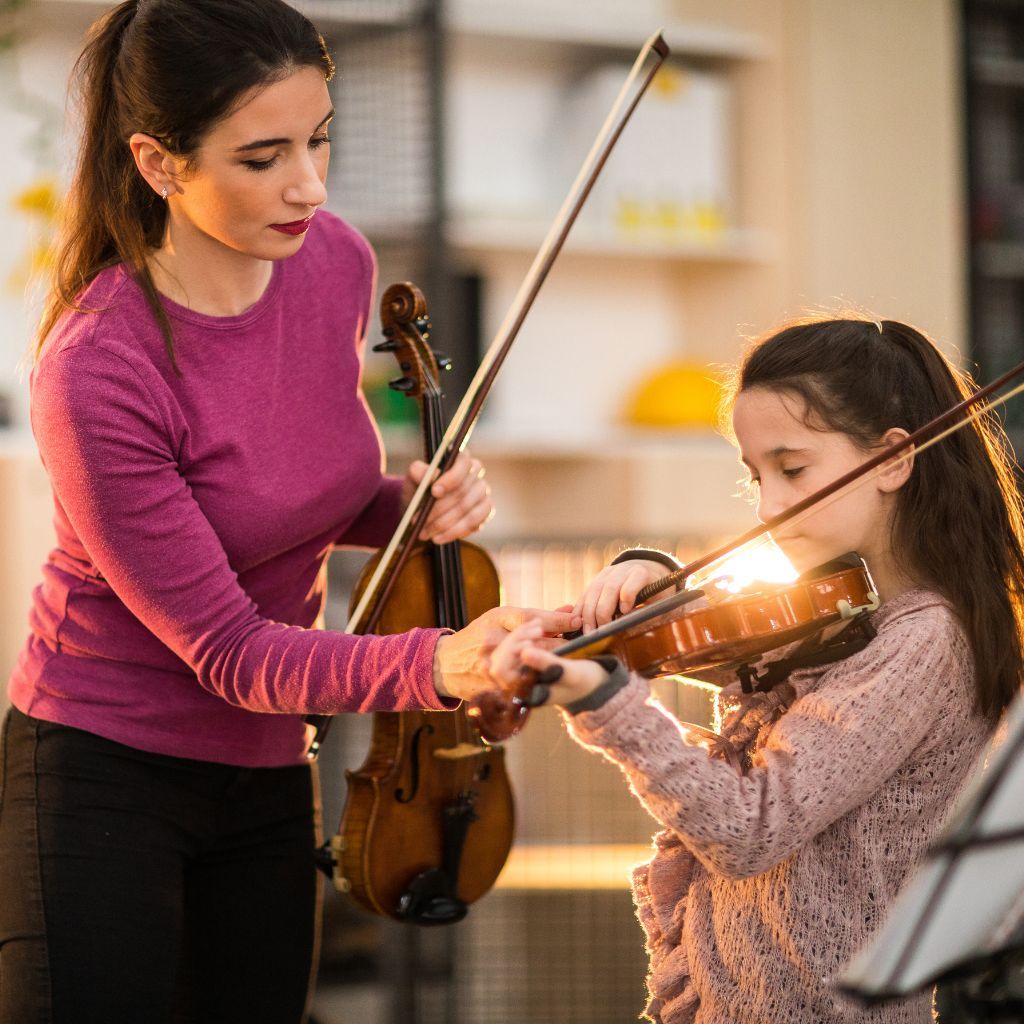
Listening is a key pillar of the Suzuki training.
Students hear pieces before attempting to play, which deeply engrains melodies and rhythms.
Repetition reinforces this exposure, making learning music by ear feel like second nature.
This combination establishes a strong foundation for playing with precision and expression.
Parent Involvement
Parents play an indispensable role in the Suzuki Method.
They’re expected to attend lessons, learn the basics of the instrument, and serve as “good Suzuki teachers at home .”
Quite literally, it turns the living room into a classroom, and the bond between child, parent, and music grows stronger every day.
Group lessons also form a critical part of the learning process, providing a space for little virtuosos to inspire and learn from each other.

Summy-Birchard, Inc. Suzuki School Instructional Book – Violin
After using the Summy-Birchard, Inc. Suzuki School Instructional Book for violin, I’ve found it invaluable for my students and myself.
Its clear, step-by-step progression aligns perfectly with the Suzuki style. The repertoire selection and emphasis on listening have greatly facilitated the development of musicality and technique in young violinists.
Summy-Birchard, Inc Suzuki School Instructional Book - Violin, Volume 1 with CD
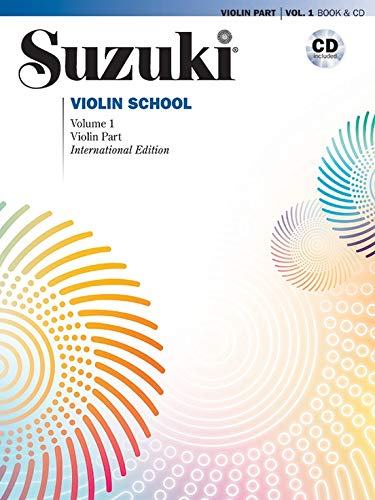
FEATURES: Uses the philosophies of Shinichi Suzuki
OTHER INFO: Employs the “mother-tongue” approach
- The instructional book includes numerous songs appropriate for the given stage
- None!
When you click ‘Check Price’, you’ll see there are loads of great places to buy this item. Our personal favorite is Sweetwater for the US, and Thomann and Gear4Music for the UK & Europe.
They are the largest music retailers, with excellent customer service, competitive prices, really fast shipping, and the longest guarantees.
The professional musician who wrote this article combined many things,
from the product build, manufacturer’s reputation through to feedback
from other users, to create our famous TedScore™.
If you are interested to know more about violin beginner’s guide, you may read this article: BEGINNERS GUIDE TO LEARNING THE VIOLIN.
Additional Approaches to Violin Teaching

Exploring a variety of violin teaching methods can be fulfilling. Each approach offers unique techniques and insights that cater to diverse learning styles.
The Mimi Zweig String Pedagogy
“Music is the language of the spirit. It opens the secret of life bringing peace, abolishing strife.”
These words from Kahlil Gibran resonate with Mimi Zweig’s pedagogical approach. Her method focuses on positive reinforcement, creating a nurturing environment for students.
Fundamental Principles:
The natural alignment of the body
Balanced instrument hold
Zweig’s approach addresses the physical form, emphasizing effortless playing to avoid strain.
The Rolland Method
Paul Rolland’s name recalls a revolutionary.
The Rolland Method considers the body as a whole by incorporating movement into violin instruction.
Core Aspects:
Ease of motion
Freedom of expression
My personal take on the Rolland Method is that it offers a breath of fresh air with its emphasis on kinesthetics (Again, relax! It just means body movements!).
Students improve naturally, with a focus on physical momentum and gestures.
Eclectic Teaching Approaches
Now, I’ve chanced upon eclectic teaching methods quite a few times. They mix techniques from various traditional and progressive schools.
Integrative Style:
Adaptability to individual needs
Creative problem-solving
An eclectic instructor often creates a rich tapestry of methods, combining the tradition with other lessons for success.
Individuals thrive when a good teacher tailors the approach to their unique contours of learning and expression.
Alfred Sound Innovations for String Orchestra: Sound Development (Intermediate) – Violin
I’ve incorporated Alfred’s Sound Innovations for String Orchestra: Sound Development (Intermediate)—Violin into my teaching routine. I’ve been impressed by its comprehensive approach to developing tone and technique for intermediate students.
The book’s structured exercises and varied repertoire have enhanced my students’ playing skills and kept them engaged and motivated throughout their musical growth.
Alfred Sound Innovations for String Orchestra: Sound Development (Intermediate) - Violin
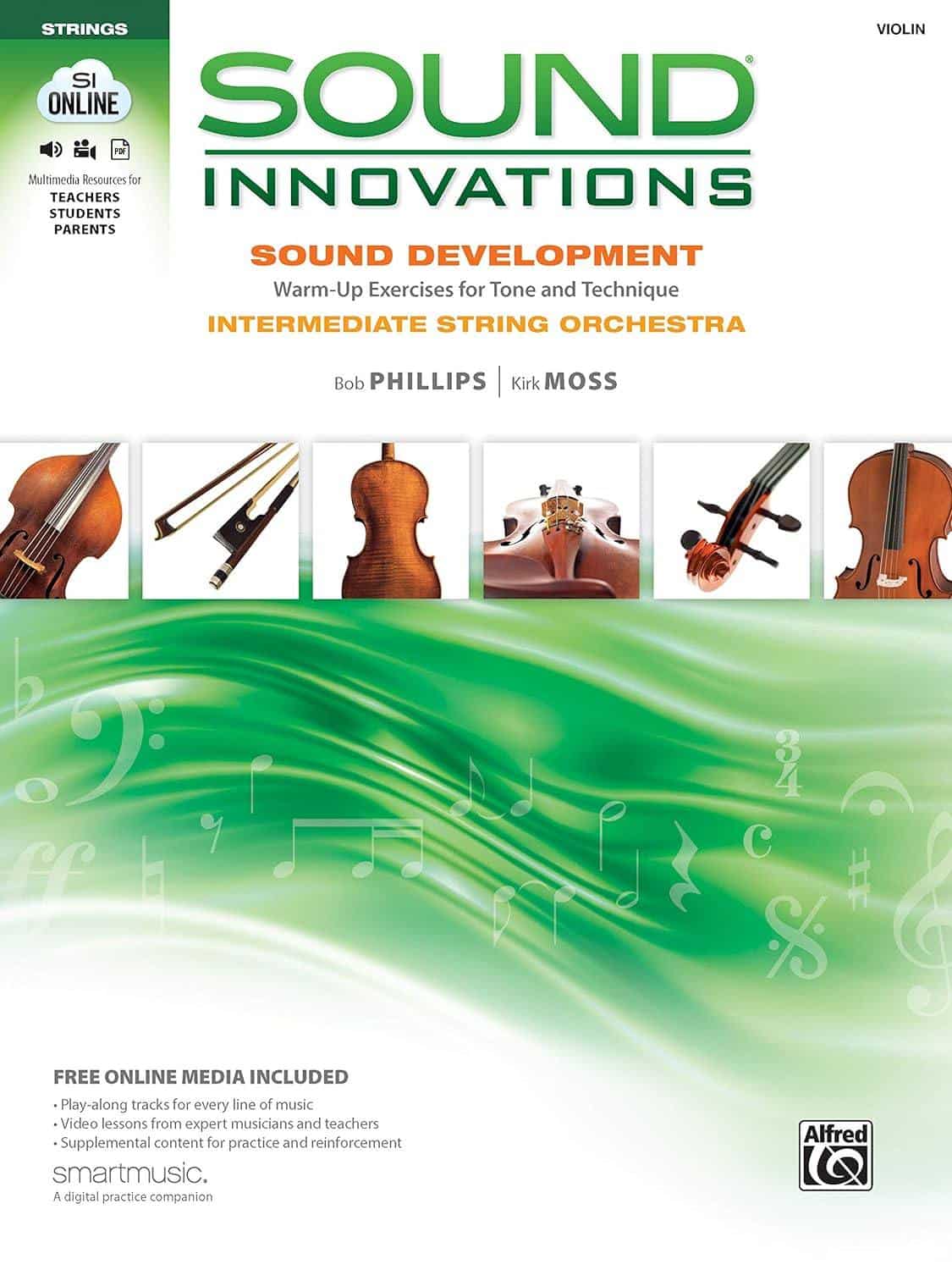
FEATURES: 4 intuitive and straightforward sections: Sound Tone, Sound Bowings; Sound Shifting, and Sound Scales Arpeggios, Chorales, and Rhythms
OTHER INFO: Video demonstrations available to provide clear visual instruction on challenging concepts
- Can be studied in sequence or as individual warm-ups and practice pieces
- Comprehensive guide for intermediate players looking to enhance the tone and quality of their playing
- No Cons!
When you click ‘Check Price’, you’ll see there are loads of great places to buy this item. Our personal favorite is Sweetwater for the US, and Thomann and Gear4Music for the UK & Europe.
They are the largest music retailers, with excellent customer service, competitive prices, really fast shipping, and the longest guarantees.
The professional musician who wrote this article combined many things,
from the product build, manufacturer’s reputation through to feedback
from other users, to create our famous TedScore™.
Developing Proper Technique and Posture
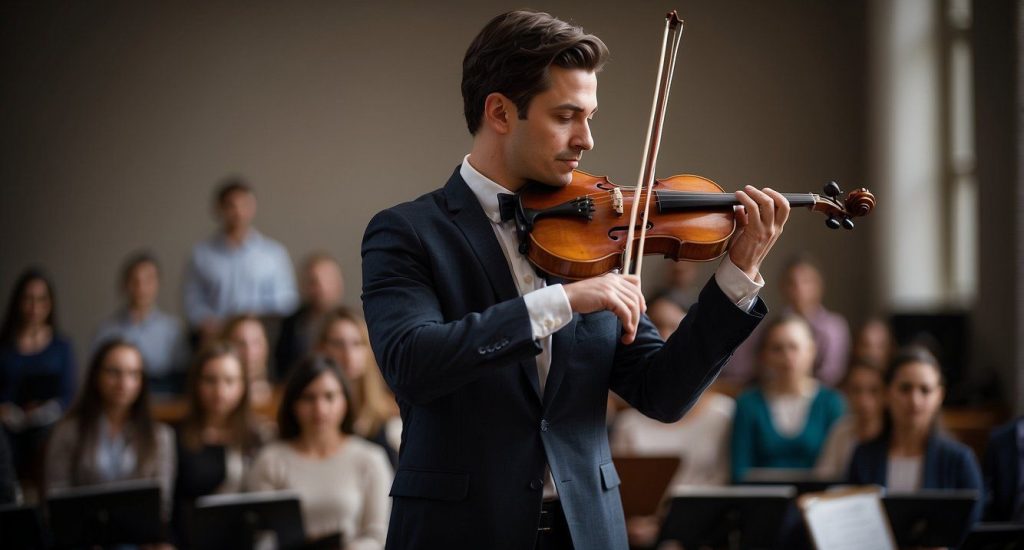
When you first pick up the violin, you’ll quickly learn how important violin technique and proper posture are; they’re not just about looking good but essential to making beautiful music.
Bowing and Intonation
Bowing Technique: You start with the basics, holding the bow correctly to avoid strain and ensuring a smooth, even sound. It’s kind of like holding a bird: firm enough that it won’t fly away but gentle enough not to hurt it.
Straight Bowing: Mindfully drawing the bow straight across the strings, parallel to the bridge, really refines your tone.
Pressure and Speed: Varying the pressure and speed of the bow arm affects the volume and sound quality, giving me a palette of musical colors.
Intonation Practice:
Listen closely; intonation is all about hitting the right notes with precision.
Use a tuner to help you recognize when your intonation is spot on and you need to adjust your fingers slightly to get back on pitch.
Building a Routine
Structured practice times are the secret to consistent improvement. It can be surprisingly fun to lay out a routine that includes scales, etudes, and read notes and pieces, mixing it up to keep things interesting.
Daily Warm-Up: A combination of stretches and simple exercises helps you physically and mentally.
Goal-Oriented Practice: The advantage of setting clear objectives for each session, whether refining a tricky passage or mastering a new technique, will keep you focused and progressing.
Hal Leonard Essential Elements Advanced Technique for Strings – Violin
The Hal Leonard Essential Elements Advanced Technique for Strings—Violin has been a crucial addition to my practice routine.
It offers various violin sheet music, scales, exercises, and etudes that have significantly improved my technical proficiency.
Its systematic approach to advanced techniques has allowed me to tackle challenging repertoire more easily and confidently.
Hal Leonard Essential Elements Advanced Technique for Strings - Violin
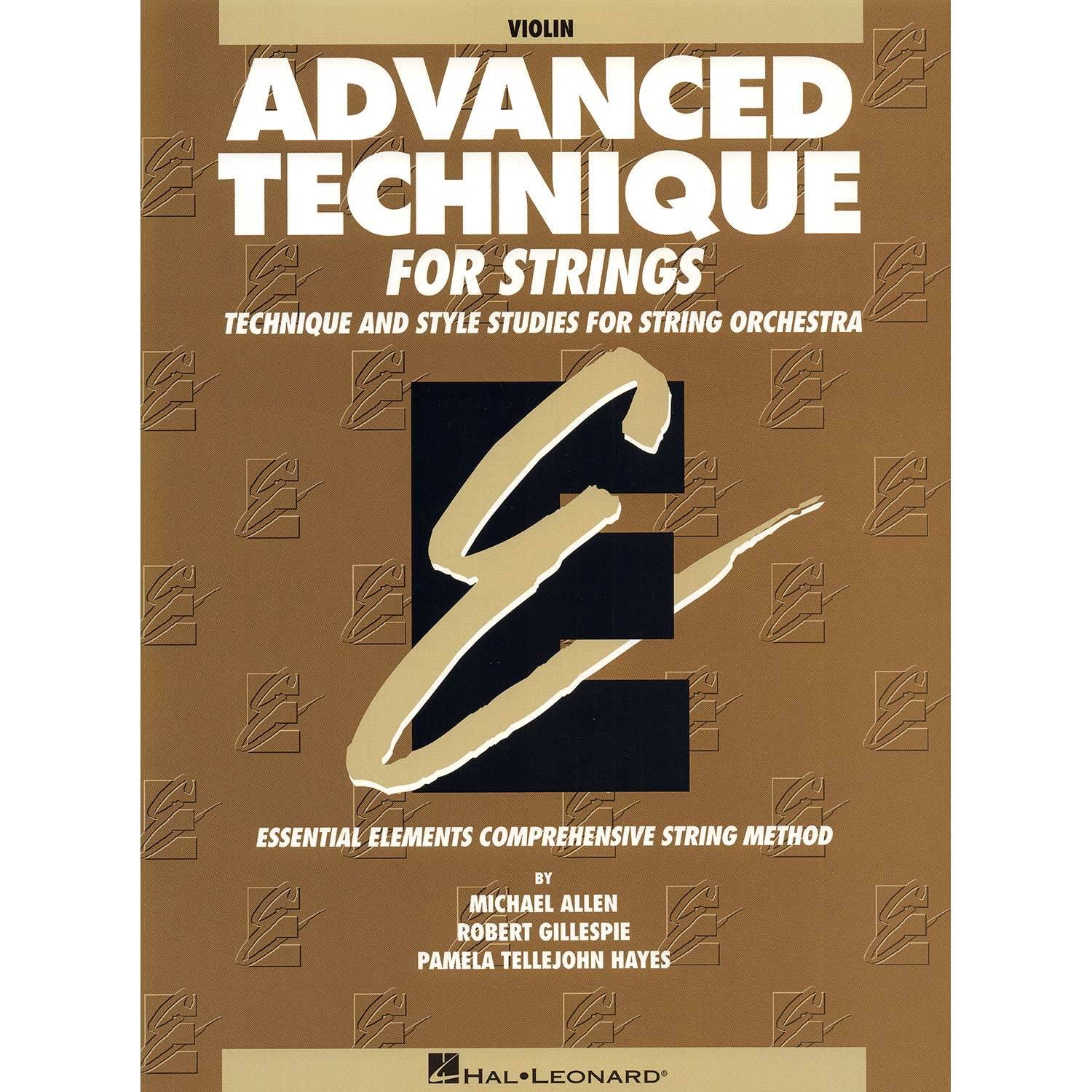
FEATURES: Detailed scale routines for quality practice and learning
OTHER INFO: Advanced shifting exercises for advanced positions
- Fun, educational content for advanced players
- Embraced by teachers and students nationwide
- None!
When you click ‘Check Price’, you’ll see there are loads of great places to buy this item. Our personal favorite is Sweetwater for the US, and Thomann and Gear4Music for the UK & Europe.
They are the largest music retailers, with excellent customer service, competitive prices, really fast shipping, and the longest guarantees.
The professional musician who wrote this article combined many things,
from the product build, manufacturer’s reputation through to feedback
from other users, to create our famous TedScore™.
Incorporating Technology and Resources
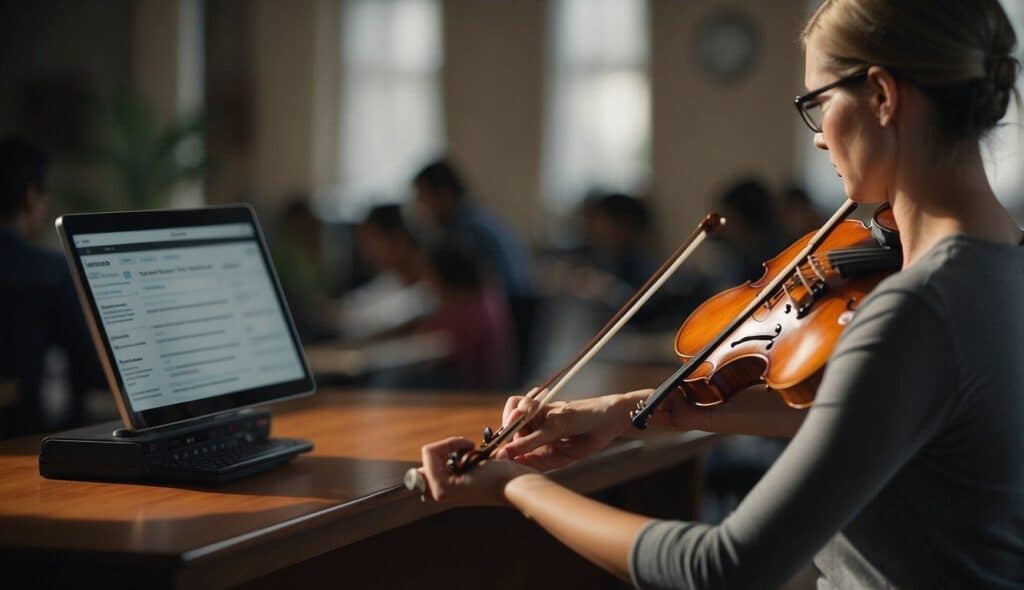
You’ll discover that blending technology into violin instruction can enrich your violin learning method experiences and practice.
Let’s explore how digital tools and online resources can elevate your musical journey.
Digital Tools for Learning Violin Lessons
You’ll find that digital tools are a game-changer for paced learning in music education, personalizing the experience and allowing you to learn at your own pace.
For instance:
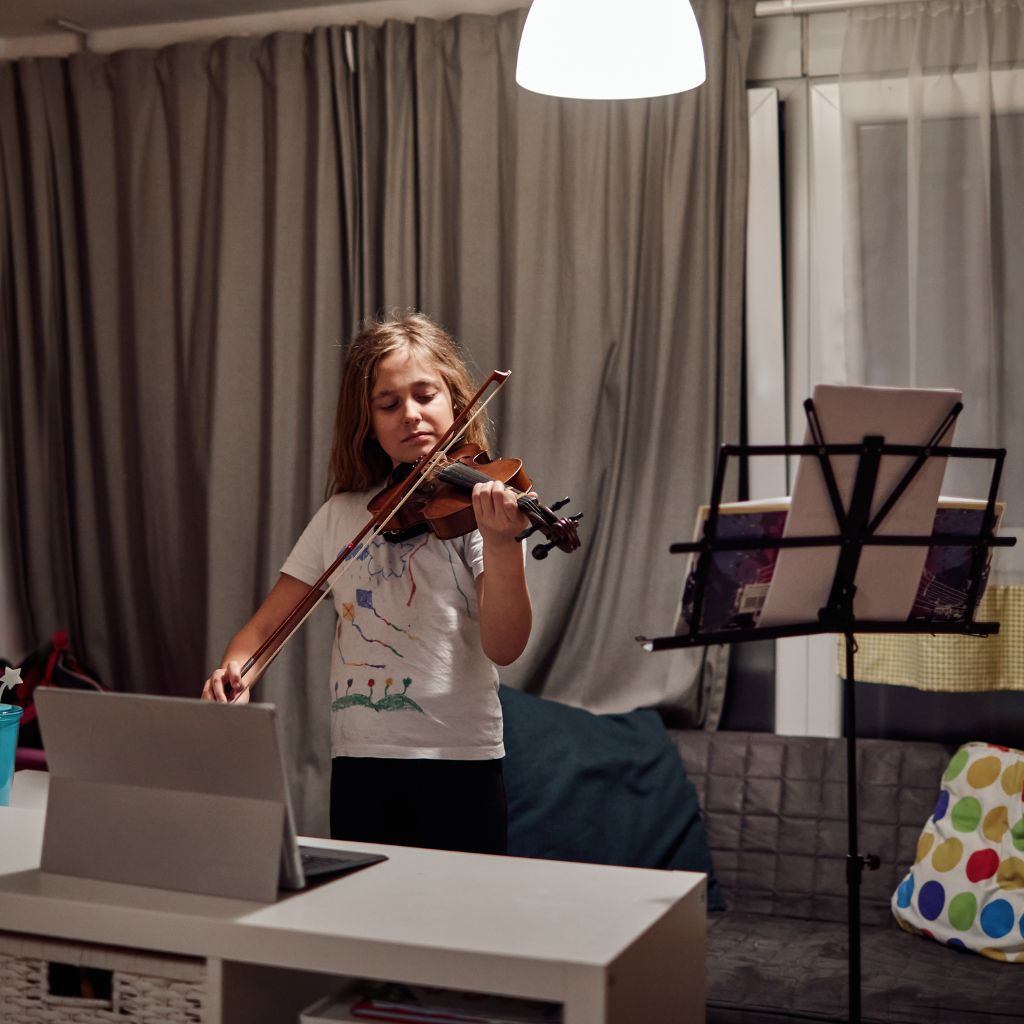
Metronome apps can keep your rhythm in check.
Tuners ensure your violin is at the right pitch.
Interactive fingerboard apps that illuminate note positions can streamline the learning curve for beginners and young children.
Sheet music management software allows you to carry an entire library of scores on your tablet, ready at the tap of a finger.
Recording apps are your trusty sidekick for self-evaluation, enabling you to hear your progress and fine-tune your technique.
Utilizing Recordings and Online Content
Sound recordings are gems in technology-assisted violin education.
And you’ll revel in the chance to listen to virtuosos, absorbing their style and nuances—like having a trial lesson with the masters without leaving your room!
Online lessons, tutorials, and masterclasses are crucial to musical growth. They allow you to learn from renowned teachers worldwide.
Platforms like YouTube are treasure troves of learning material—from basic bowing techniques to advanced concertos, orchestras, and chamber music, all available for free.
As a fan of online communities, you can exchange tips with fellow new students and violinists, feeling like you’re all in this delightful endeavor together.
Different Violin Teaching Methods:
Choose What's Best for You!

When you look at violin teaching methods, you’ll see a rich tapestry of styles and approaches.
Here are the violin lessons you might want to try:
Suzuki Method: emphasizes learning by listening, much like we learn to talk, and it’s heartwarming to see young minds grow through music before diving into reading notes. The suzuki repertoire is varied, and many world-class professional violinists started with the suzuki approach.
Traditional method: focuses on studying and reading music from the start, nurturing a solid musical foundation through technical exercises and scales.
Mimi Zweig String Pedagogy: a comprehensive approach that emphasizes natural body alignment, balanced posture, and a tension-free technique
Eclectic method: stands out for its flexibility, blending different teachings to cater to individual needs, like a chef’s special with unique flavors.
Each method shines in its own way, making your exploration into violin teaching a continual discovery and leaving you excited to see what new and innovative methods will strike a chord next.
Get your musical instrument and have a happy learning session!
But wait! That’s not all!
It’s good to know the different violin lessons you can try so you can play the violin. If you want to know how long learning the violin will take, this next article is perfect for you!
FAQ's
Different violin lessons include private one-on-one instruction, group classes, online courses or tutorials, Suzuki method classes for young children, and masterclasses for advanced students. Suzuki kids seem to love the style of lessons, and I think it can really help with sight reading later on.
The Suzuki method is a famous approach for teaching violin, emphasizing learning by ear, parental involvement, and starting at a young age, similar to language acquisition. The ‘traditional teacher’ uses specific suzuki books to take them on a journey – reading of music comes later.
The Suzuki violin learning method is different because it focuses on learning music by ear from a young age, encourages a positive and nurturing environment, involves significant parental participation, and parallels learning a language. Suzuki students tend to rave about their lessons, and although it can potentially cause bad habits later, it’s an excellent way to start learning the violin. In fact, Suzuki students often say it’s the best method available.
One popular method for teaching violin to children is the Suzuki method, which emphasizes learning by ear, parental involvement, and creating a supportive and immersive musical environment.









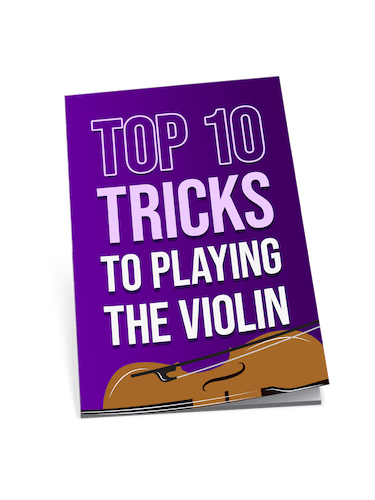
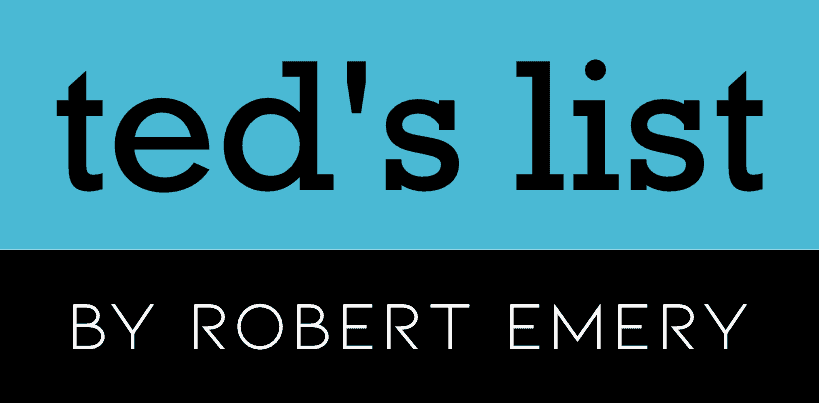
I appreciate your overview of various teaching methods. The part about parent involvement in the Suzuki method caught my attention. Could there be more info on balancing this with a child’s independence?
so i’ve been thinking about starting violin lessons and this article’s pretty cool. but how do you even start choosing the right method? it’s kinda overwhelming lol
Hey, just pick whatever feels right and give it a try. You can always switch if it doesn’t fit. Good luck!
This article provides an excellent overview of various teaching methods. However, I believe that the discussion on the Rolland Method could be expanded to include its emphasis on natural movements and how it contrasts with more traditional, posture-focused methods. Each technique has its set of benefits and knowing when to use which could significantly impact a student’s development.
Really liking the breakdown of different teaching methods, especially the Suzuki one. Always heard about it but never knew what it really involves. Thanks for shedding light, Alice Hall!